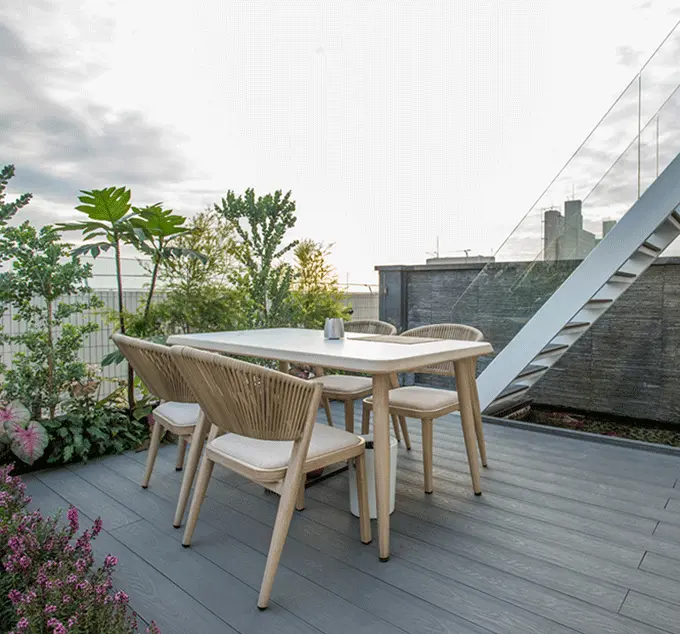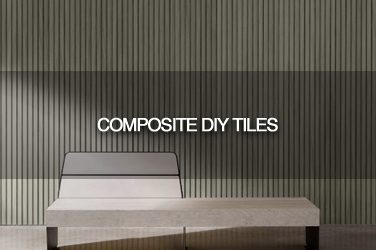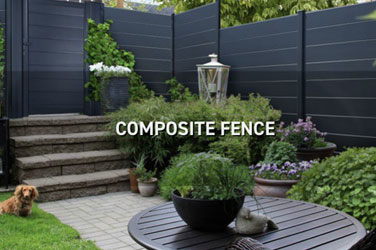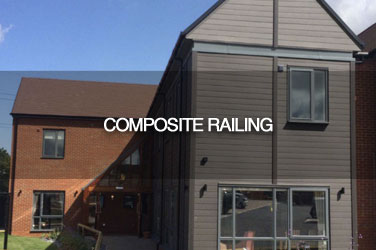WPC decking has been one of the most common choices for no matter home or commercial buildings with its contribution to setting up a comfortable and tidy environment. While having leisure time above the WPC decking, do you ever wonder how these boards wear people’s weight day and night without warping?
The secret of no-warping WPC decking is the frame under them – or call it another name, the joist. However, there still exists some confusion about it: What is a joist? Can I not pave the joist for the WPC decking?
The answer is a big NO: We don't recommend you set up the outdoor WPC decking without a joist. The detailed information about joist is as below:
WHAT IS THE JOIST FOR WPC DECKING?
A joist is a structural frame set up horizontally to support the decking above them, consisting of a flooring system for people to walk on. It is commonly adopted in the construction of floors, ceilings, and decking. When it is pressed, the force can be separated from the whole frame; Therefore, the load can be distributed evenly.
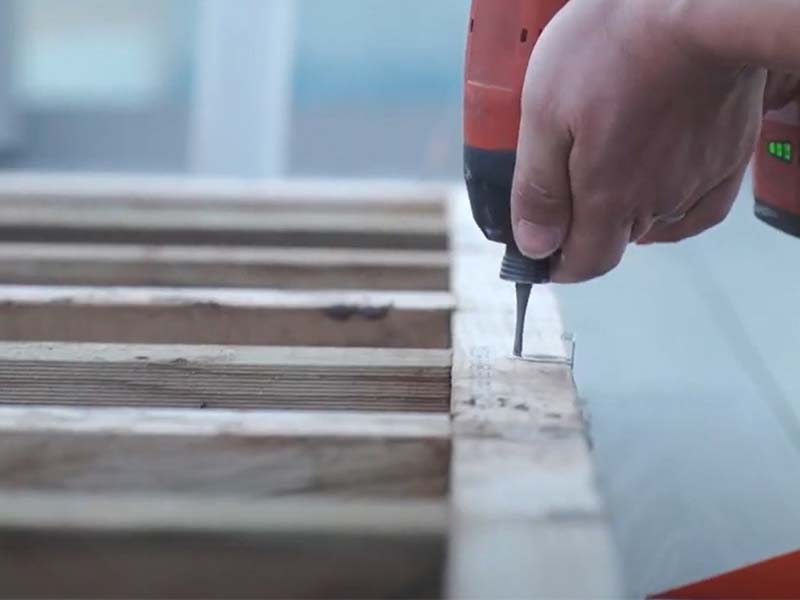
WHAT ARE THE TYPES OF JOISTS?
Wood joist
Wood joists, as the traditional material, used to be the no-better choice for WPC decking installation: they offer an attractive price and convenience for installation. But their weaknesses are exposed soon. They are easy to get burned, mold, pest infestation and finally end up cracking and corrupting. If you are in an area with much rain, wood joists may cost you time and energy to maintain.
Stainless steel joist
Stainless steel joist perfectly solves the weaknesses of wood joist: their fire-proof, water-proof, and high hardness features endow them with superior advantages. However, the price of the stainless steel joist is a bit higher than the wood joist.
Aluminum alloy joist
Aluminum alloy joist has the highest strength among the four types of joists, so they can bear much load. It is durable enough to have high resistance against erosion, fire, water, etc. The other side of the coin is that the aluminum alloy joist has the highest price compared to the other three types of joists.
WPC joist
If you have been impressed by the numerous benefits of WPC decking, why not adopt WPC joist for WPC decking too? This type of joist has a high density to avoid warping while you are having a big move on it. What’s more, it is water-proof, deformation-free, maintenance-free, and easy to install, so it can do a good job of supporting your decking.
WHY SHOULD YOU PAVE JOISTS FOR YOUR WPC DECKING?
Leveling the ground
When it comes to the installation environment of the WPC decking, you may find out a fact that where the wood plastic composite planks are going to be placed are not flat enough. This leads to increased difficulty in installation and even affects the life span of your precious WPC decking. But with the joist, you can elevate the decking to set it above the bumpy ground.
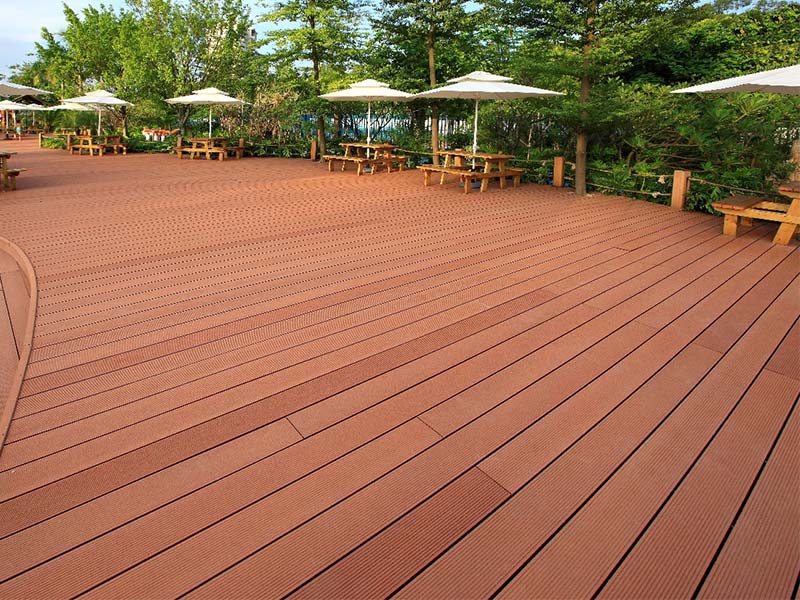
Fix the WPC decking
Another benefit you can enjoy from the joists is that it holds the decking tightly with the clips so that they won’t move while you are walking on them and increase the risk of falling. Besides, the area that may bump into typhoons necessitates fixing the decking to the ground by joist to eliminate the loss during the disaster.
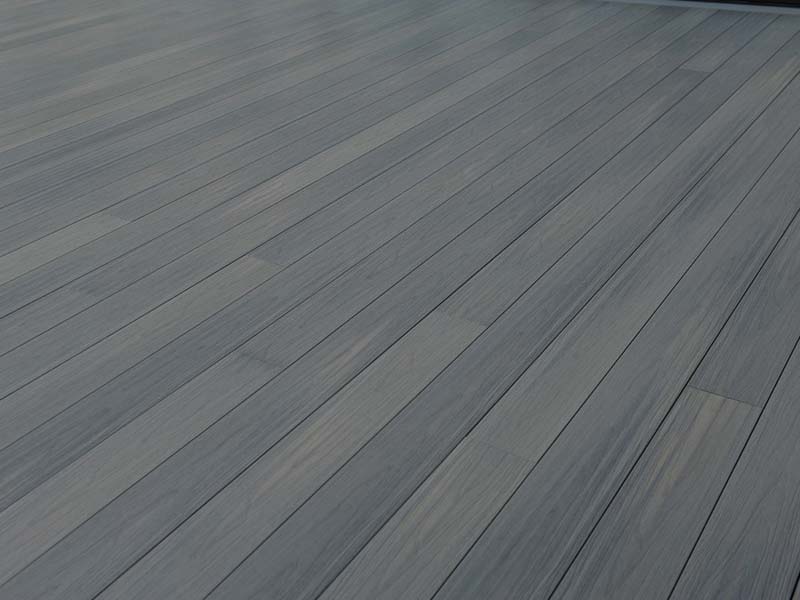
Support the WPC decking
This is the basic function of the joist. And one advantage behind this essential feature is that the joist leaves space for the decking to ventilate, which increases the life span of the wood-plastic composite planks.
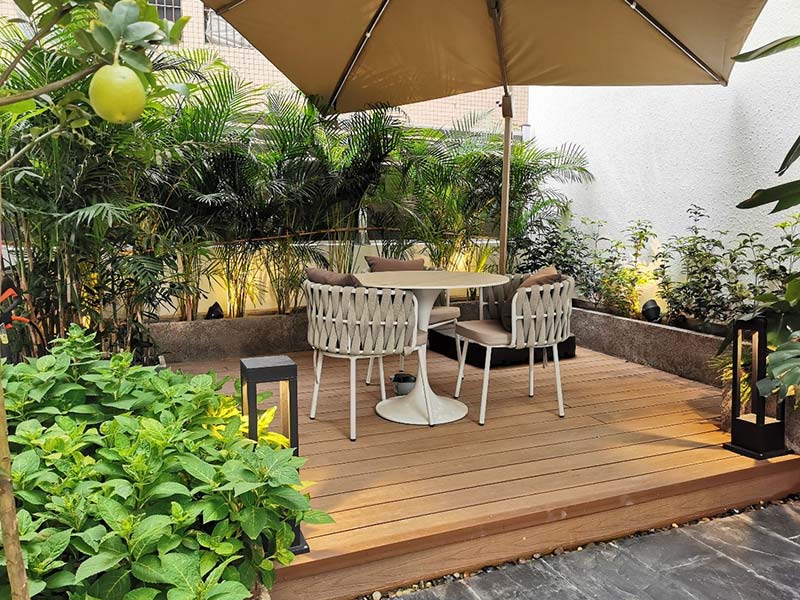
HOW TO INSTALL JOISTS ON THE GROUND?
Set the foundation: The first step is to dig the spots on the ground, place the pillars on them, and fix them by filling the holes with concrete.
Build the joists: The next step is to attach the joists to the pillars with screws and other fixtures. The distance between each joist should be less than 300mm.
Attach the WPC decking: During this section, you should place the WPC decking on the joist and fix them to the joists with clips and screws.
WHICH JOIST SHOULD YOU CHOOSE FOR YOUR WPC DECKING?
For concrete ground
Under the circumstance that the ground is 100% flat, the WPC joist is recommended to pave because it can be directly fixed to the concrete ground by expansion plugs, saving the time for setting the foundation.
For soil ground
Considering the friable soil and insects, the stainless steel joist and aluminum alloy joist will be the best choice since they have the best strength and anti-erosion ability.
For ground with high humidity
If you want to install WPC decking near a lake, pond, or river, the water-proof WPC joist, stainless steel joist, and aluminum joist can be your options.
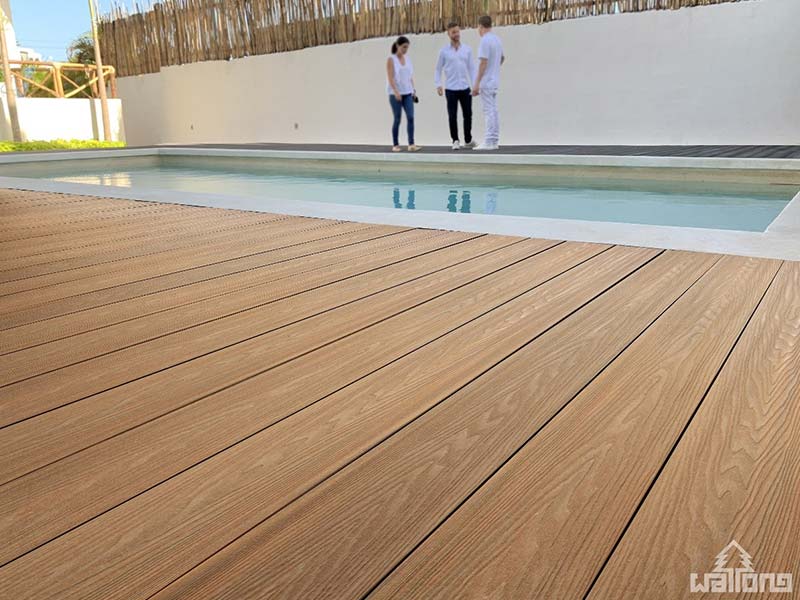
CHOOSE A ONE-STOP WPC DECKING SOLUTION FROM WALLONG
If you get tired of handling all this stuff, let a professional and reliable composite decking manufacturer help you deal with this. The supplier you can always put your trust in is Wallong, who is always prepared to give you the most considerate and satisfying service. We will give you detailed construction on installing our decking and give you technical support.


